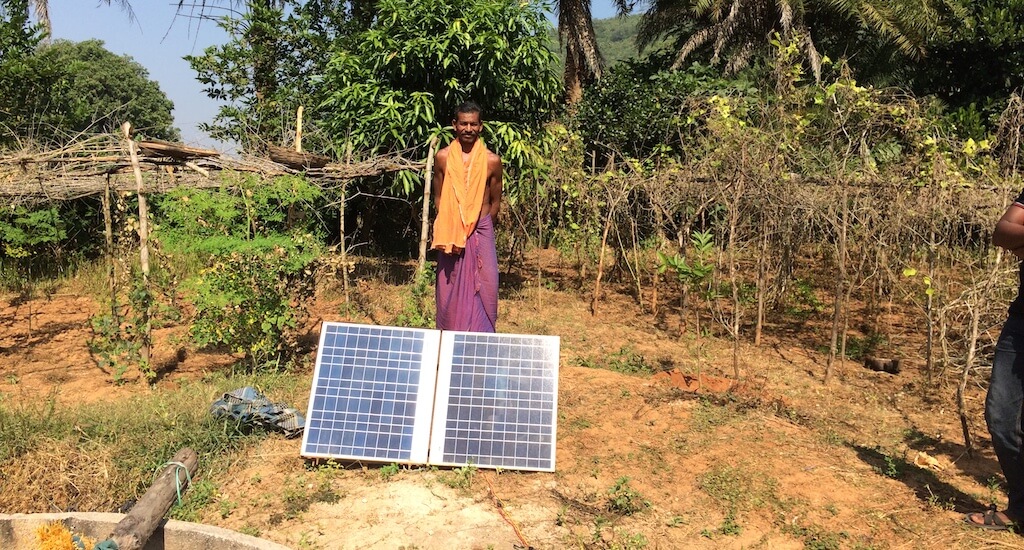Presented at the Global Water Security Conference for Agriculture and Natural Resources
An ASABE Global Initiative Conference
Organized jointly with the Indian Society of Agricultural Engineers (ISAE)
3-6 October 2018 – Taj Krishna, Hyderabad, India
Abstract: Access to irrigation leads to better planning of agricultural activity by farmers. In the Indian context, the dissimilarities in the eastern states and western states are easily seen in terms of gross irrigated area and cropped area. The eastern states are marked with low agricultural productivity and dependence on monsoon for agriculture. The primary reason for this is the lack of adequate irrigation infrastructure. This, however, overshadows the higher availability of groundwater in the eastern states. In recent years some small and marginal farmers have adopted small irrigation pumps to access surface/sub-surface and groundwater. Therefore, a study was conducted in order to understand the role of these small pumps in enhancing farm incomes. The study was conducted in five districts of three states, Assam, Jharkhand and Odisha, using purposive sampling, with a sample size of 176. Four categories of pump users were identified, only small pump users, only large pump users, small and large pump users, and no pump users. Comparisons were done on the basis of indicators pertaining to user context, agronomy context, technical features of pumps, crops grown and economics of the pumps. The study highlights that small diesel and solar pumps, by virtue of being easily transportable from one place to the other are effective for small and marginal farmers in areas of higher land fragmentation. Irrigation intensities (total number of hours the pumps are used) of small pumps are double that of large pump users during Rabi in all the three states. Despite higher Horse Power available per Net Sown Area, farmers using large pumps have lesser net area under irrigation as compared to small pump users. In all the three states the income per hectare of small pump users is higher than large pump users. The pumps, therefore, hold a potential for transforming the agricultural landscape in the eastern states of Jharkhand, Odisha, and Assam, if taken up on a large scale by small and marginal farmers.

